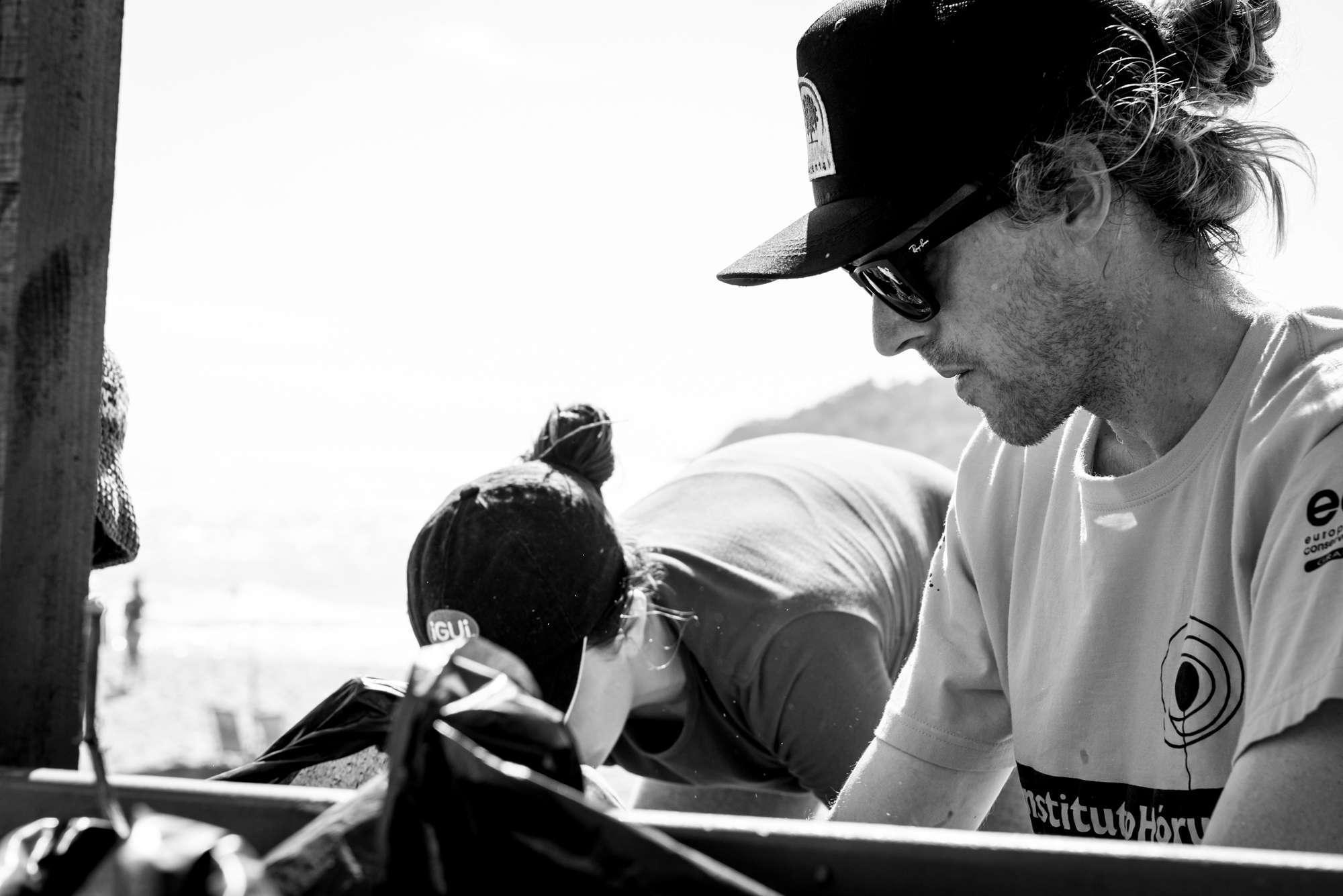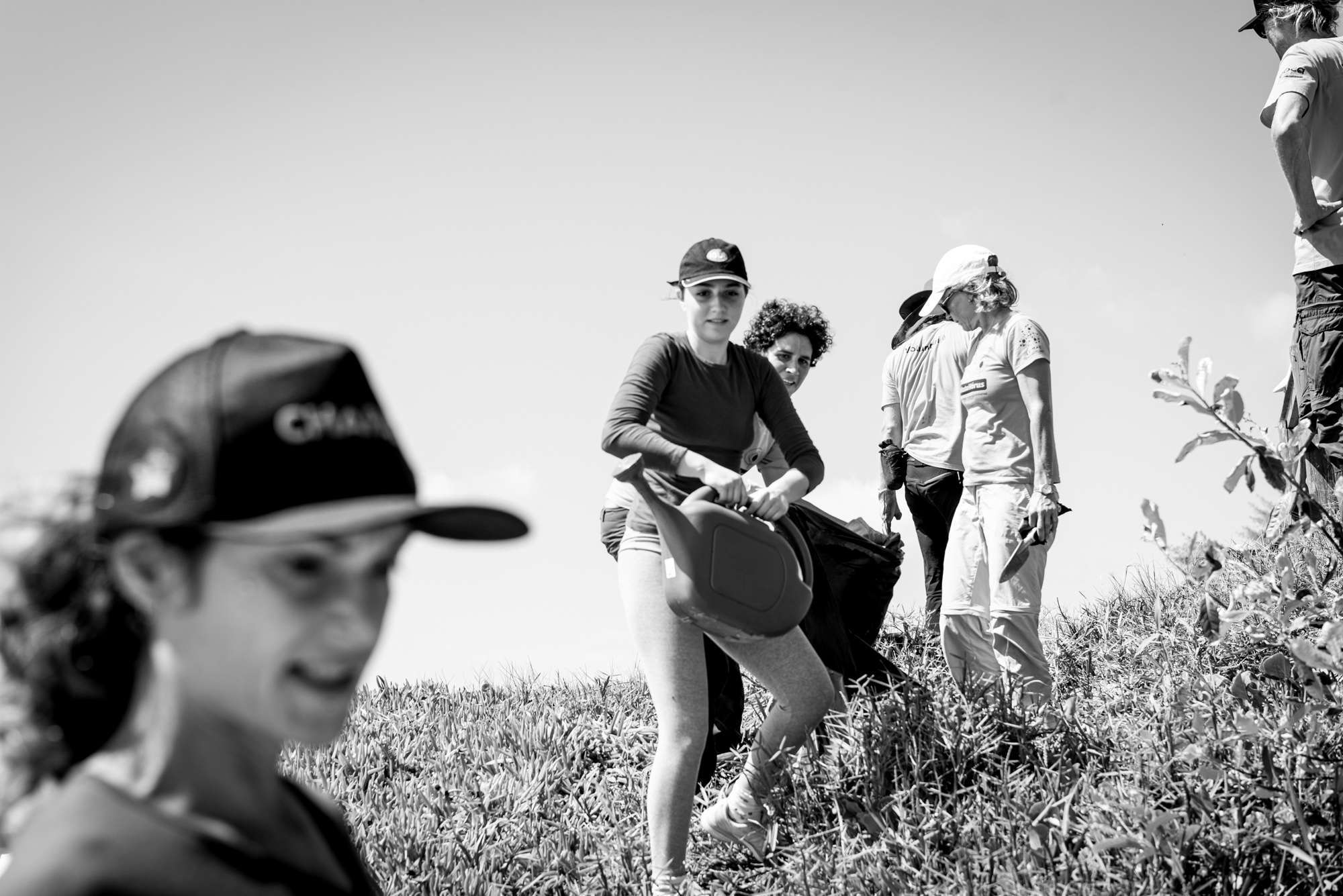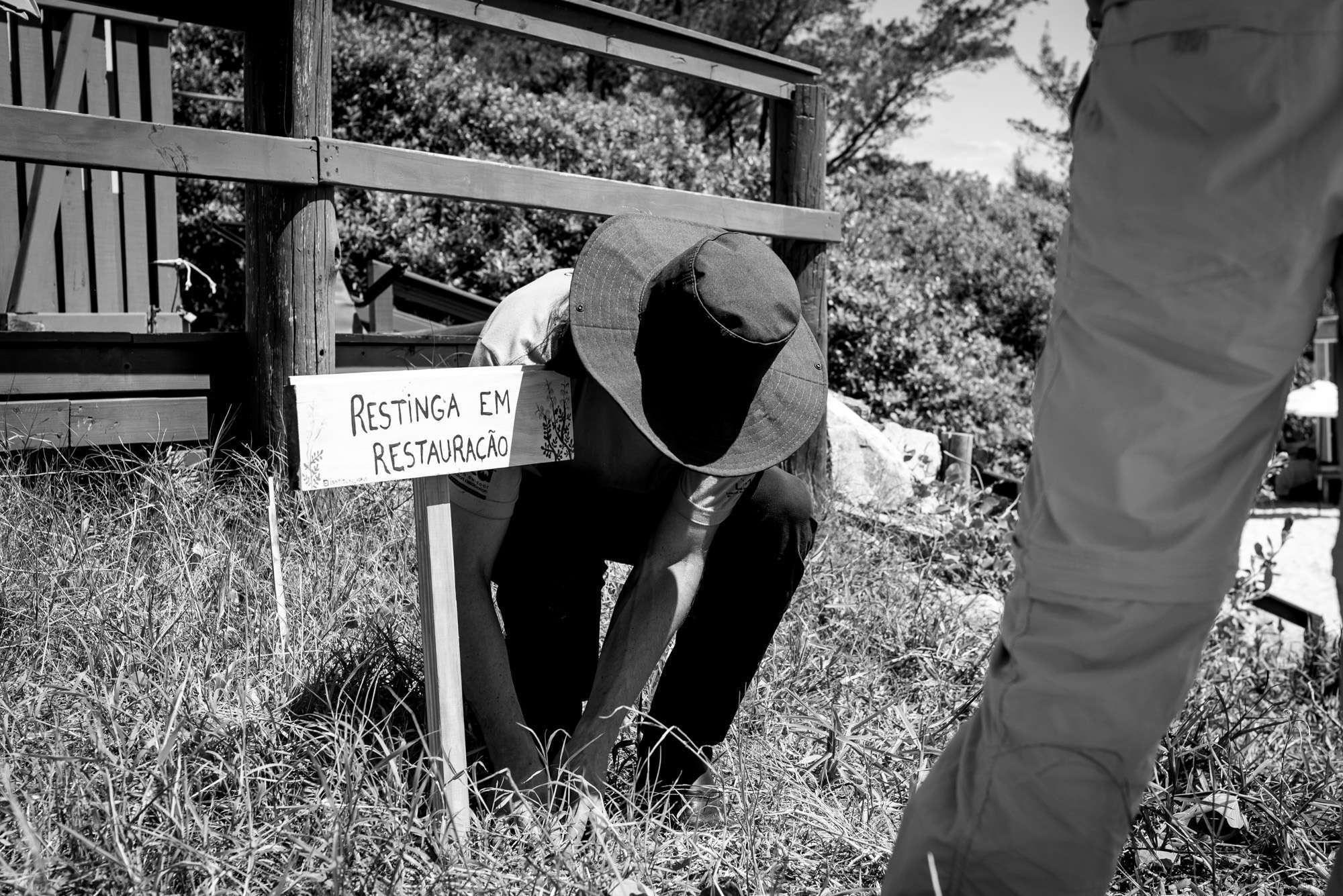
Reshaping environmental conservation and forging powerful partnerships
by Silvia Ziller Most people perceive the environment as being “in good shape,” based on visual indicators such as the presence of trees or other plants, or a green landscape. Others, because it looks neat or clear of trash. At The Horus Institute, we see the environment from a technical perspective, which might be closer to the way animals perceive the environment: each plant or animal is an individual with different functions and needs, such as food, shelter, or shade. And that makes me wonder, do we really understand the complexities of the natural world around us? This World Environment Day, we look at new ways of collaborating to build back biodiversity, from agreement to action. Like many things in nature, we — social entrepreneurs — are often misunderstood, and the aim of our work seems out of bounds. Environmental problems are difficult enough to communicate efficiently; invasive alien species are far more difficult and controversial, although they are a threat to ecosystems and biodiversity. Therefore, we have a long history of work and partnerships established mostly with peers, i.e., people who work in environmental science or management and are more prepared to understand the consequences of biological invasions. But what about our non-peers? What about companies and the general public? We know they are crucial in our journey of transforming the way invasive species are seen and managed. But, how do they understand our challenges? This is why it is important for organizations, like ours, to test whether they share the same goals with companies. In 2002, I founded The Horus Institute to develop environmental conservation alternatives and integrate them into economic and social development, production systems, and the routine of civil society. For instance, everyone agrees that water is an essential element for all forms of life. While water is also essential to production, The Horus Institute offers an opportunity for companies to contribute to water conservation at a rather large scale. For some companies, this is a chance to scale up, and produce significant results that feed back onto their work and the image they wish to project onto the world. Joining forces may strengthen the vision of all parts involved, so everyone gains. In fact, humanity also gains as restored environments contribute to the integrity of the planet and, more specifically, to water conservation — something everyone understands is important. That’s why I encourage environment and social entrepreneurs, and the private sector as well, to participate in spaces that allow them to establish these relationships and create dialogues that are both viable and constructive. Our experience at the Dela programme, a systems-change accelerator co-created by Ashoka and IKEA Social Entrepreneurship, has taught us exactly that. It might come as a shock to a lot of people that companies and social entrepreneurs care about the same issues we do, and that we share values and beliefs that point in the same direction into the future. We have learned that companies gain by establishing partnerships with organizations such as ours, and that we can complement the work they develop by performing activities they cannot. As The Horus Institute has mostly worked with environmental agencies and professionals in environmental sciences until now, preparing to address private companies has been a mindset shift that allowed us to expand our ways of thinking, and broaden our vision of potential partnerships and reach. Once a problem is recognized, action can be taken to make things better — creating more changemakers as we move ahead. For more, read more about Silvia’s work and check out The Horus Institute’s website.



